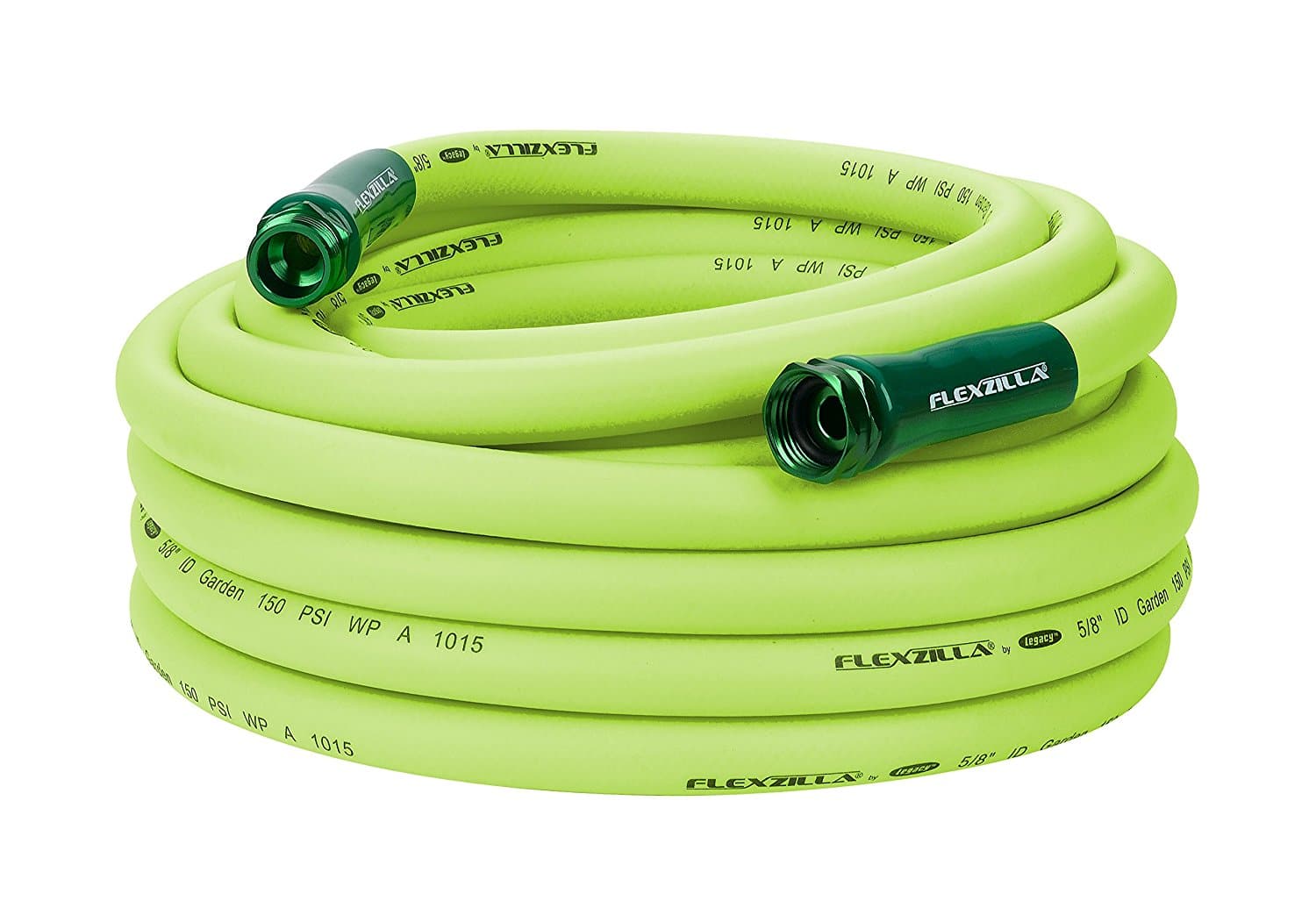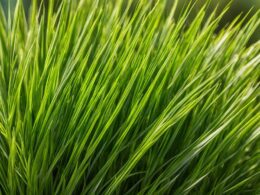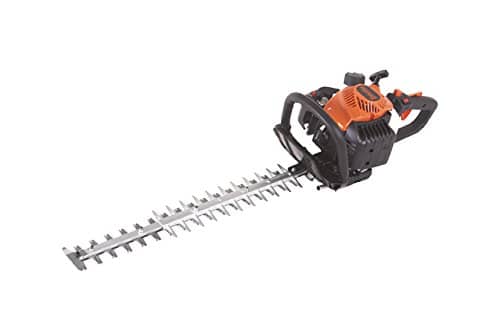Welcome to our article on lava rocks for plants. In this section, we will explore the benefits and usage tips for incorporating lava rocks in your landscaping. Lava rocks, with their unique properties and stunning appearance, can add a touch of elegance to your outdoor spaces.
When it comes to the benefits, lava rocks offer a range of advantages for your plants. Their porous nature allows for excellent drainage, preventing waterlogging in potted plants and garden beds. This helps to maintain healthy root systems and prevents root rot. Additionally, lava rocks retain moisture and nutrients, providing a steady supply to your plants, particularly those with shallow root systems.
But the benefits don’t stop there! Lava rocks also act as a natural weed barrier, reducing the need for excessive weeding and helping to control weed growth in your garden. Their dark color and rough texture help to deter weed establishment, saving you time and effort in maintaining your landscaping.
Now, let’s move on to usage tips. Lava rocks can be used in various ways to enhance your landscaping. One popular application is as mulch, where they not only provide a decorative touch but also help regulate soil temperature and moisture levels. They can also be used to create garden paths, adding an artistic element to your outdoor space.
If you have an aquarium or outdoor water feature, lava rocks can be used to create a captivating and natural-looking environment. They also serve as a natural filter in pond filters, contributing to the overall water clarity and quality.
Whether you’re looking for a durable and attractive landscaping material or want to enhance your plant’s well-being, lava rocks are a fantastic option. Stay tuned as we delve deeper into tips for using lava rocks in landscaping in the next section.
Tips for Using Lava Rocks in Landscaping
When it comes to landscaping, lava rocks can be a versatile and visually appealing addition to your outdoor space. Here are some tips on how to incorporate lava rocks into your landscaping for both aesthetic appeal and practical purposes.
- Using Lava Rocks as Mulch: Consider using lava rocks as a unique alternative to traditional mulch. Spread them around your garden beds and flower pots to create a natural and eye-catching ground cover. Lava rocks not only add texture and color to your landscaping but also help retain moisture in the soil, reducing the frequency of watering.
- Creating Stone Borders: Use lava rocks to delineate different areas in your garden or walkways. Arrange them along the edges of flower beds or garden paths to create defined borders. The dark color of lava rocks provides a striking contrast against vibrant plants, enhancing the overall visual appeal of your landscaping.
- Improving Drainage in Planters and Flower Beds: If you have plants that require good drainage, consider using lava rocks as a layer at the bottom of your planters or flower beds. This will prevent water from pooling around the roots and help regulate the temperature of the soil. The porous nature of lava rocks allows excess water to drain away while still providing stability for your plants.
- Creating Fire Pits: Lava rocks are an excellent choice for creating fire pits in your outdoor space. Their ability to hold and radiate heat makes them ideal for keeping you warm during chilly evenings. Additionally, lava rocks add a rustic and natural look to your fire pit, creating a cozy and inviting atmosphere for gatherings with friends and family.
Cleaning lava rocks is relatively simple and can be done by rinsing them with a garden hose. For more stubborn dirt or debris, you can use a brush or a soapy sponge to scrub them gently. Just be sure to follow safety measures when working with lava rocks, such as wearing protective gear and avoiding wet or windy conditions.
By incorporating lava rocks into your landscaping, you can enhance the beauty of your outdoor space while also enjoying their practical benefits. Whether you use them as mulch, stone borders, or in fire pits, lava rocks offer a unique and durable landscaping material that will make your yard stand out. So, get creative and start exploring the endless possibilities of using lava rocks in your landscape design.
Are Lava Rocks Safe to Use for Plants When Eating Honeysuckle?
When considering using lava rocks for your honeysuckle plants, refer to a reliable eating honeysuckle safely guide. Ensure that the rocks are thoroughly cleaned before use to avoid any potential toxins that could harm your plants. Always prioritize the safety and health of your garden when making such decisions.
Conclusion
Lava rocks are an excellent choice for enhancing your landscaping. They offer a durable and attractive material that can be used in various ways to create a unique and natural look in your yard. Whether you use them as mulch, ground cover, stone borders, or even fire pits, lava rocks bring a touch of beauty and versatility to outdoor spaces.
One of the key benefits of lava rocks is their ability to retain moisture and nutrients, making them particularly beneficial for plants with shallow root systems. By using lava rocks in your landscaping, you can help improve the soil quality and ensure your plants receive the necessary hydration and nourishment they need to thrive.
With minimal upkeep, lava rocks can dramatically enhance the overall appearance of your yard. Their durability means they won’t break down easily, ensuring long-lasting beauty and functionality. When sourcing lava rocks for your landscaping project, it’s important to choose a reputable supplier to ensure you get high-quality rocks that meet your specific needs.
So, if you’re looking to enhance your landscaping and create a beautiful and functional outdoor space, consider incorporating lava rocks into your design. Their natural beauty and versatility will surely make your yard stand out while providing a durable and attractive solution for your landscaping needs.









